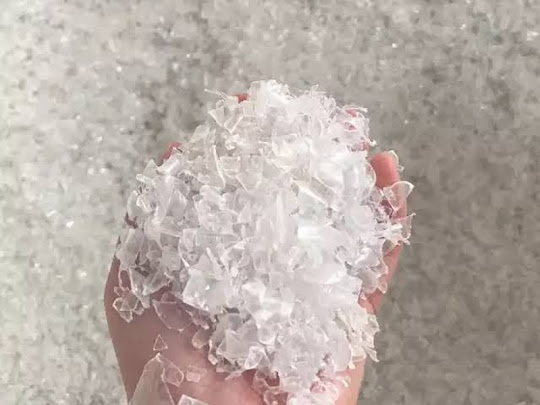What Are the Different Types of Elastics that Elastic Tape Suppliers in Delhi Offer?
Elastic fabrics have revolutionized the textile industry with their unique properties and versatile Applications. From enhancing comfort in everyday clothing to enabling high-performance sportswear, elastic fabrics are crucial in modern textile innovation. This comprehensive guide explores the types, properties, manufacturing processes, applications across various industries, sustainability practices, innovations, and future trends of elastic fabrics that elastic tape suppliers in Delhi care for.
Elastic fabrics, also known as stretch fabrics, incorporate elastic fibers to provide stretchability and recovery. They are essential for creating garments and products that offer flexibility, comfort, and fit. Elastic fabrics' importance lies in their ability to adapt to body movements, enhance performance, and improve overall comfort in clothing and other textile products.
Types of Elastic Fabrics:
Elastic fabrics come in several types, each offering distinct characteristics and advantages:
1) Woven Elastic Fabrics:
Produced on looms, woven elastic fabrics are structured with interlaced yarns, offering durability and strength. They are commonly used in tailored garments and accessories.
2) Knitted Elastic Fabrics:
Created using knitting machines, knitted elastic fabrics are seamless and stretchable in all directions. They provide excellent flexibility and are used extensively in sportswear and activewear.
3) Braided Elastic Fabrics:
Made by braiding or weaving elastic yarns, braided elastic fabrics are known for their firm stretch and resilience. They are used in applications requiring elastic solid properties, such as waistbands and medical textiles.
Properties and Characteristics of Elastic Fabrics:
Understanding the critical properties of elastic fabrics helps in choosiing the suitable material for specific applications:
1) Stretchability and Recovery:
Elastic fabrics can stretch under tension and return to their original shape when that tension is released. This property is crucial for comfort and mobility in clothing.
2) Durability and Resilience:
High-quality elastic fabrics exhibit durability over extended use and maintain elasticity without sagging or losing shape.
3) Breathability and Comfort:
Many elastic fabrics are designed to be breathable, allowing air circulation and moisture management, which enhances comfort, especially in active wear.
Manufacturing Process of Elastic Fabrics:
The manufacturing of elastic fabrics involves specialized processes to incorporate elastic fibers into textiles:
1) Production Methods:
Overview of weaving, knitting, and braiding techniques for creating elastic fabrics.
2) Materials Used:
Common elastic fibers include spandex (Lycra®), elastane, and rubber, blended with natural or synthetic fibers like cotton, polyester, or nylon.
3) Technological Innovations:
Advanced machinery and technologies in elastic fabric production, such as computerized looms and seamless knitting machines, enhance efficiency and product quality.
Applications of Elastic Fabrics Across Industries:
Elastic fabrics find diverse applications in various sectors due to their unique properties and versatility:
1) Fashion and Apparel:
Elastic fabrics are integral to modern fashion for their comfort and form-fitting qualities, from stretch jeans and leggings to fitted dresses and undergarments.
2) Sportswear and Activewear:
Elastic fabrics benefit athletic apparel by providing freedom of movement, supporting muscles, and enhancing performance during physical activities.
3) Medical and Healthcare:
Elastic fabrics are used in compression garments, bandages, and orthopedic supports to provide therapeutic benefits and aid recovery.
4) Automotive and Industrial:
Elastic fabrics offer durability and flexibility in automotive interiors and industrial applications. They are utilized for seat covers, upholstery, and protective gear.
.jpg)
.jpg)
.jpg)
Comments
Post a Comment